Precious Metals
DOES WEARING SILVER JEWELRY PREVENT TARNISH? THE TRUTH BEHIND THE SHINE
A diamond cut is a key factor to consider when choosing your next piece of diamond jewelry.
By Chinwe, Chief Creative Officer
The Truth Behind the Shine
Silver jewelry has long been prized for its understated elegance — that luminous glow, the quiet luxury it brings to any outfit. But anyone who owns silver pieces knows that over time, that shine can dull, replaced by a shadowy patina. The age-old question remains: Does wearing silver jewelry prevent tarnish?
This blog dives deep into the science, care, and myths behind silver jewelry tarnish, exploring why it happens and how your wearing habits can make all the difference.
Here’s what we’ll cover:
Understanding the Science of Tarnish — Why your silver changes color and what’s really happening at a chemical level.
Does Wearing Silver Jewelry Prevent Tarnish? — The truth about body chemistry, air exposure, and how daily wear plays a role.
The Environmental Factors Behind Tarnish — How humidity, perfumes, and pollution affect your silver’s lifespan.
Cleaning vs. Preventing Tarnish: What Works Best? — The best maintenance strategies for lasting brilliance.
Storage Secrets for Silver Jewelry — How to store your silver correctly to minimize tarnish buildup.
When to Seek Professional Care — Knowing when your silver jewelry needs expert attention.
Finally, we’ll wrap up with a thoughtful conclusion on how to embrace the natural beauty of silver — shine, patina, and all.
-
Amoure Necklace – 18K White/Yellow Gold Plated Sterling Silver
18K Gold, Rhodium Plated Sterling Silver
£550 Select options This product has multiple variants. The options may be chosen on the product page -
Arc Ring – 18K White Gold 0.24ct
18K White Gold
£2,650 Select options This product has multiple variants. The options may be chosen on the product page -
Esther Link Bracelet – 18K Gold Plated Sterling Silver, Rose Gold
18K Gold, Rose Gold Plated Sterling Silver
£388 Select options This product has multiple variants. The options may be chosen on the product page
Understanding the Science of Tarnish
Before we can understand whether wearing silver jewelry prevent tarnish, we need to look closely at what tarnish really means. Tarnish is the thin, dark layer that forms on silver over time, dulling its natural shine. Scientifically, this happens when silver reacts with sulfur compounds in the air, forming a chemical compound known as silver sulfide. This reaction is natural and unavoidable — it’s simply silver interacting with its environment. But while the science may sound harsh, tarnish doesn’t destroy your jewelry. It’s merely a surface change, a chemical patina that can be reversed or slowed down with proper care.
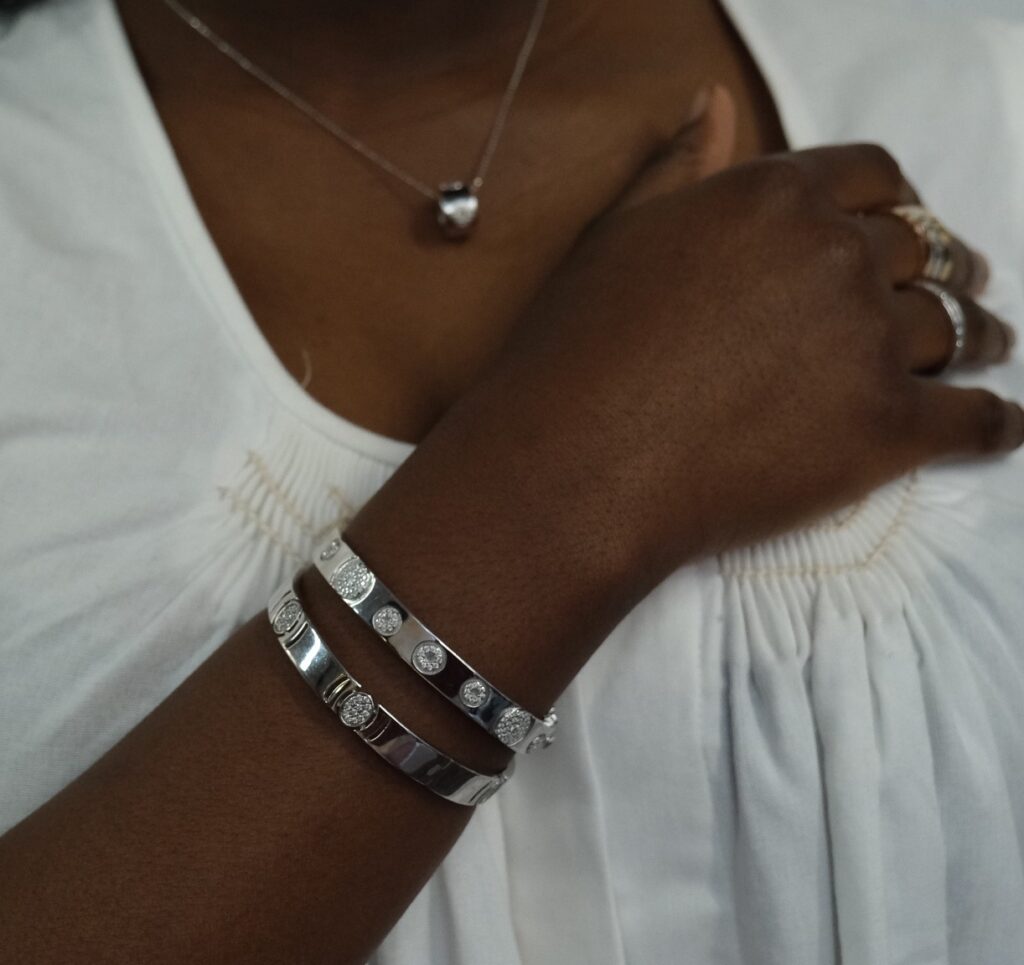
Most silver jewelry is made of sterling silver — 92.5% pure silver and 7.5% other metals, commonly copper. This blend makes silver more durable for daily wear, but the addition of copper also makes it more reactive. Copper is quick to oxidize, and when it comes in contact with sulfur or oxygen, it speeds up the process that causes silver to darken. So, when we ask if wearing silver jewelry prevent tarnish, we’re really asking whether constant contact with the skin can slow this oxidation down.
Interestingly, the answer is partially yes. When silver is worn often, the natural oils on your skin create a light protective barrier that prevents silver from reacting too quickly with air. Your movement also helps polish the jewelry subtly, reducing buildup on the surface. This is why many jewelers advise clients not to leave silver unworn for long periods. In fact, silver that’s tucked away and rarely exposed to gentle friction tends to tarnish faster because it’s sitting still in moisture-rich air. So, in some ways, wearing silver jewelry prevent tarnish by keeping it “alive” and active.
However, there’s another side to the story. Your body’s chemistry determines how your jewelry reacts over time. If you have acidic skin or sweat heavily, you may actually see tarnish appear faster despite frequent wear. Factors such as diet, medication, or even hormonal changes influence how your skin interacts with silver. People who consume more sulfur-rich foods like eggs or garlic, for example, might find their jewelry darkening more quickly. So, while wearing silver jewelry prevent tarnish in many cases, it isn’t a guaranteed solution — everyone’s chemistry is different.
Environmental conditions also play a role. Silver exposed to humid air, perfume, or household chemicals will tarnish faster, even if worn regularly. The key is consistency: gentle, frequent wear paired with mindful care. Wiping jewelry after use, avoiding harsh chemicals, and storing it properly all help slow oxidation.
In essence, tarnish is both a scientific and aesthetic story. It tells us that silver is alive — a metal that changes, breathes, and records touch over time. Understanding this helps us appreciate why wearing silver jewelry prevent tarnish isn’t just about maintaining shine; it’s about forming a relationship with a living material. Each time you wear silver, you’re not just accessorizing — you’re polishing, protecting, and preserving its story.
-
Cercle Diamond Stud Earrings – 18K Gold – 0.77ct
18K Gold
£4,009 Add to cart -
Katy Bracelet II – 18K Gold, White Gold
18K Yellow Gold, White Gold
£1,625 Select options This product has multiple variants. The options may be chosen on the product page -
Love Pendant II – 18K Gold, White Gold
18K Yellow Gold, White Gold
£3,850 Add to cart
How Wearing Silver Jewelry Prevent Tarnish Works
The idea that wearing silver jewelry prevent tarnish has circulated for generations — passed down from jewelers, stylists, and silver lovers who swear their frequently worn pieces stay shinier than the ones tucked away. But does science support this belief? The answer, surprisingly, is yes — partially. To understand why, we must explore how the simple act of wearing silver interacts with air, skin, and chemistry.
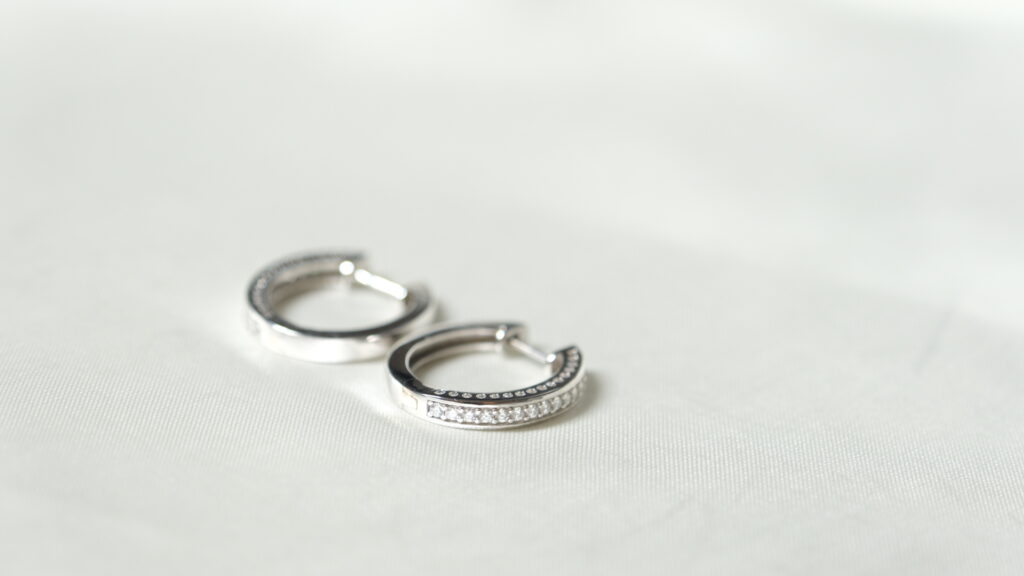
Tarnish forms when silver reacts with sulfur compounds in the air, creating silver sulfide — the dark film that dulls its surface. When your silver jewelry sits unused, it’s fully exposed to oxygen and moisture, allowing that chemical reaction to occur freely. But when you wear your jewelry often, your skin acts as a gentle defense mechanism. The natural oils your body produces create a thin, invisible coating over the metal, reducing its contact with the air. This is one of the primary reasons wearing silver jewelry prevent tarnish — your skin quite literally polishes and protects the surface as you move throughout the day.
Additionally, the physical motion of daily wear contributes to silver’s brightness. Every subtle brush of fabric, every movement of your wrist or hand, provides mild friction that buffs away potential buildup before it can become visible tarnish. That’s why well-loved rings or necklaces tend to stay lustrous, while neglected silver tucked in a box begins to fade.
However, not all skin types produce the same results. Body chemistry varies from person to person, and this can influence whether wearing silver jewelry prevent tarnish effectively. Individuals with more acidic skin or higher sulfur levels in their sweat might notice their jewelry darkening faster. Factors such as diet, hormones, or medications can alter your skin’s pH balance, subtly changing how your jewelry reacts. For example, people who eat sulfur-rich foods like eggs, onions, or garlic may experience faster tarnish because these elements are released through the skin.
Another consideration is environment. Even if wearing silver jewelry prevent tarnish under normal conditions, high humidity, pollution, and exposure to household chemicals can still accelerate oxidation. Perfumes, lotions, and hairsprays contain ingredients that interact with silver’s surface, breaking down the protective oils and leaving residue that traps moisture. That’s why experts recommend applying all beauty products before putting on jewelry, and removing silver pieces before cleaning or swimming.
Still, consistent wear — paired with mindful habits — remains one of the most effective natural defenses against tarnish. After each wear, a quick wipe with a soft cloth removes sweat and oils that could react later. Over time, this routine keeps your silver looking freshly polished without relying on harsh cleaners.
In short, wearing silver jewelry prevent tarnish not by magic, but by maintenance through motion. Your skin oils, daily activity, and gentle care form a partnership with the metal — one that slows tarnish, deepens its natural glow, and keeps your silver alive with a touch of your everyday rhythm. When you wear silver often, you’re not just accessorizing — you’re preserving brilliance.
Environmental Effects on Tarnish
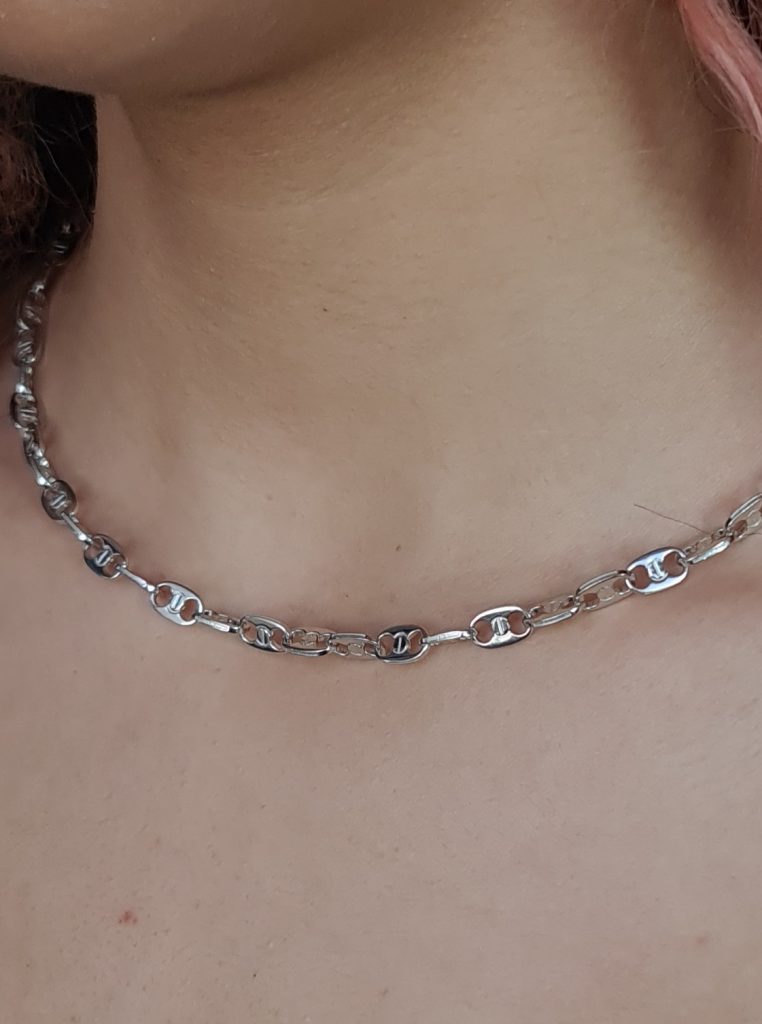
Even though wearing silver jewelry prevent tarnish to a degree, your surroundings play an equally powerful role in determining how long that shine lasts. Silver is a living metal — responsive, reactive, and constantly engaging with its environment. The air you breathe, the humidity in your home, even the fragrance you wear can all influence how quickly tarnish appears. Understanding these environmental factors helps you make smarter choices in how, when, and where you wear your jewelry.
The most common environmental culprit is humidity. Moist air contains water molecules that accelerate the reaction between silver and sulfur, forming that tell-tale dark layer known as silver sulfide. People who live in coastal or tropical climates often notice their silver pieces darken much faster than those in drier areas. Even indoor humidity, from bathrooms or kitchens, can quicken tarnish formation. That’s why, while wearing silver jewelry prevent tarnish through friction and skin oils, exposure to moisture can still undermine those benefits if you’re not careful. A simple habit like removing your jewelry before showering or cooking can make a huge difference.
Air quality is another major factor. City dwellers are exposed to higher levels of sulfur dioxide, car exhaust, and industrial pollution — all of which contribute to tarnish. In contrast, people living in rural or mountainous regions may experience slower oxidation because of cleaner air. But it’s not just outdoor pollution; indoor air pollutants like cleaning sprays, air fresheners, or even paint fumes can react with silver as well. Storing jewelry near such chemicals can cause premature dullness, even if wearing silver jewelry prevent tarnish in your day-to-day life.
Then there’s personal product exposure. Everyday cosmetics — perfumes, hairsprays, moisturizers, and sunscreen — contain ingredients that cling to silver’s surface, trapping moisture and accelerating chemical reactions. The rule of thumb among jewelers is simple: put jewelry on last, take it off first. This practice limits the contact between your silver and reactive chemicals. Even natural products like essential oils can leave behind residues that compromise silver’s protective layer. If you want wearing silver jewelry prevent tarnish to truly work, applying products before accessorizing is key.
Temperature changes also influence tarnish formation. Moving from cold air to warm, humid conditions causes condensation on the metal’s surface. Over time, these microscopic water droplets invite corrosion. Rapid fluctuations — for example, going from an air-conditioned office into outdoor heat — can gradually dull the finish of silver chains or rings. While you can’t control the weather, being aware of it helps you adapt your jewelry habits accordingly.
Lastly, even storage environment matters. Keeping silver near wool, rubber, or newspaper exposes it to sulfur-rich materials that encourage oxidation. Storing jewelry in airtight containers or using anti-tarnish strips helps neutralize these environmental triggers. After all, even though wearing silver jewelry prevent tarnish, proper storage ensures that environmental factors don’t undo your efforts overnight.
Ultimately, your surroundings have as much say in silver’s beauty as your skincare or cleaning routine. Recognizing that wearing silver jewelry prevent tarnish only partially offsets environmental exposure helps you adopt a more holistic care approach. By controlling humidity, avoiding harsh chemicals, and storing your silver thoughtfully, you’re not just maintaining its shine — you’re extending its life story, preserving its elegance against the subtle forces of the air itself.
-
Empire Earring – 18K Sterling Silver
Sterling Silver
£160 Add to cart -
Flower Stud Diamond Earrings – 18K Gold – 1.7ct
18K Gold
£5,408 Add to cart -
Spun Link Necklace – 18K Gold
18K Gold
£3,875 Select options This product has multiple variants. The options may be chosen on the product page
Best Cleaning and Maintenance Tips
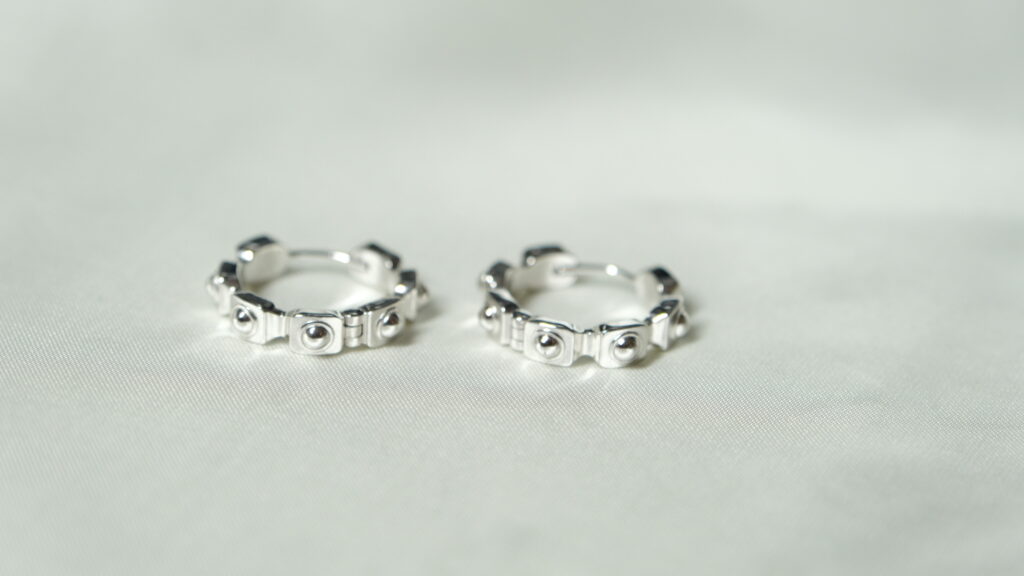
Even if wearing silver jewelry prevent tarnish to some degree, maintaining that pristine glow still depends heavily on consistent care. Silver is naturally prone to oxidation, and everyday factors—like sweat, perfume, or humidity—can accelerate the process. Fortunately, the right cleaning and maintenance habits can make your silver jewelry last beautifully for years without losing its shine.
Start by adopting a regular cleaning routine. Gently wipe your pieces with a soft microfiber or jewelry cloth after every wear. This simple act removes body oils, moisture, and traces of perfume that can dull the finish. Many jewelers emphasize that frequent wiping is one of the most effective ways to help wearing silver jewelry prevent tarnish, since it minimizes the buildup of corrosive elements on the surface.
For deeper cleaning, a mild soap and warm water solution works wonders. Soak your jewelry for a few minutes, then use a soft toothbrush to clean intricate crevices. Avoid harsh chemicals, baking soda pastes, or toothpaste—these can scratch or wear down delicate silver over time. Rinse thoroughly and pat dry with a lint-free cloth. Regular, gentle cleaning complements the protective effects of wearing silver jewelry prevent tarnish naturally through contact with skin oils.
Storage is equally important. When silver is exposed to air and moisture for extended periods, it oxidizes more quickly. Keep each piece in an airtight pouch or jewelry box lined with anti-tarnish fabric. You can also place silica gel packets or activated charcoal strips inside your jewelry box—they absorb moisture, helping wearing silver jewelry prevent tarnish by reducing the humidity that encourages oxidation.
If you live in a humid climate, consider a dehumidifier in your storage area. It’s an often-overlooked trick that helps significantly in maintaining your jewelry’s luster. And when traveling, pack silver pieces in small ziplock bags with as much air squeezed out as possible. Limiting air exposure is one of the simplest ways to let wearing silver jewelry prevent tarnish remain effective.
Another key practice is to put on your silver last and take it off first. Always apply perfume, lotion, or hairspray before wearing your pieces. These products contain chemicals that can react with silver, leaving dull or dark patches. Allow cosmetics to fully dry before wearing your jewelry to maximize how well wearing silver jewelry prevent tarnish in daily life.
Finally, schedule professional cleaning at least once a year. Jewelers use specialized polishing cloths and ultrasonic machines that remove deeper tarnish without harming the metal. This level of care ensures your silver continues to radiate the same brilliance it had when you first purchased it.
Ultimately, while wearing silver jewelry prevent tarnish to a noticeable extent, it’s only half the equation. The other half is mindfulness—consistent cleaning, careful storage, and smart wearing habits. By combining these strategies, you can enjoy your silver pieces for decades, allowing their timeless gleam to shine through every outfit, every day.
Proper Storage Practices
Even if wearing silver jewelry prevent tarnish, how you store your pieces plays an equally crucial role in maintaining their radiant shine. Silver is a reactive metal—meaning it naturally interacts with elements in the air, especially sulfur and moisture, leading to that dreaded dull or blackened look. However, with the right storage practices, you can significantly extend the life and luster of your jewelry while ensuring that the benefits of wearing silver jewelry prevent tarnish remain effective long after you take your pieces off.
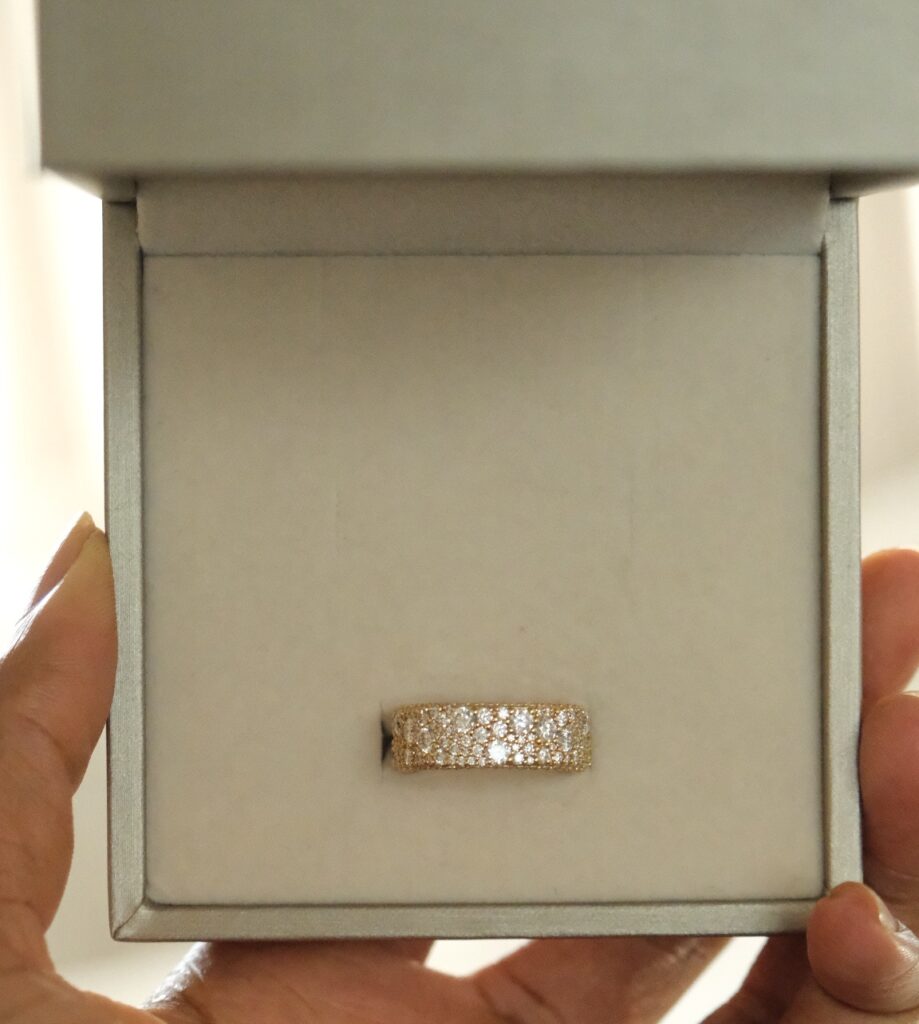
The first rule of proper storage is to minimize exposure to air. Oxygen and humidity are the main culprits that cause tarnish. Store your silver jewelry in airtight containers, such as ziplock bags or anti-tarnish pouches. Make sure to remove as much air as possible before sealing the bag. This helps maintain a low-oxygen environment, which enhances the way wearing silver jewelry prevent tarnish when not in use. For larger collections, invest in a jewelry box with individually lined compartments or drawers to prevent scratching and tangling between pieces.
Adding anti-tarnish strips or silica gel packets is another powerful way to boost protection. These small inserts absorb excess moisture and pollutants in the air, keeping your storage space dry and clean. The drier your jewelry’s environment, the better wearing silver jewelry prevent tarnish works as part of your routine care. If you prefer a more natural option, activated charcoal sachets or chalk sticks can perform a similar function by absorbing humidity and airborne chemicals.
Temperature consistency is also key. Avoid storing your silver in places with fluctuating heat, such as near windows, heaters, or bathrooms. Sudden temperature changes can lead to condensation, which speeds up oxidation. Instead, keep your jewelry in a cool, stable environment. This simple adjustment ensures that wearing silver jewelry prevent tarnish remains effective by avoiding exposure to harmful conditions when the jewelry is not being worn.
For those who frequently rotate their jewelry, consider a soft-lined jewelry roll or case for everyday storage. Velvet, suede, or microfiber linings help protect against scratches and create a gentle barrier from dust and air. When you’re not relying on wearing silver jewelry prevent tarnish through skin contact, these materials offer an extra layer of defense.
Another important practice is keeping silver separate from other metals. Gold and silver, for instance, can chemically react when stored together, which accelerates tarnish. Likewise, avoid storing jewelry with costume pieces that may contain nickel or copper—both can transfer tarnishing agents. Always give each silver item its own compartment or fabric pouch to maintain purity and brilliance.
Lastly, don’t overlook the value of regular check-ins. Even when stored properly, inspect your pieces every few weeks. If you notice a slight darkening, gently polish them before the tarnish sets in deeply. By combining mindful storage with daily habits that make wearing silver jewelry prevent tarnish, you create a long-lasting protection system that keeps your collection stunning, shining, and ready to wear at any time.
-
Amoure Necklace – 18K Gold Plated Sterling Silver
18K Gold Plated Sterling Silver
£550 Select options This product has multiple variants. The options may be chosen on the product page -
Amoure Necklace – 18K White/Yellow Gold Plated Sterling Silver
18K Gold, Rhodium Plated Sterling Silver
£550 Select options This product has multiple variants. The options may be chosen on the product page -
Serendipity Ring – 18K Gold Plated Sterling Silver
18K Gold Plated Sterling Silver
£185 Select options This product has multiple variants. The options may be chosen on the product page
The Real Truth Behind the Shine
The question of whether wearing silver jewelry prevent tarnish has more than a simple yes or no answer—it’s a balance between chemistry, care, and consistency. While daily wear can indeed help slow the tarnishing process through the gentle oils from your skin, the real secret lies in how you maintain and store your silver afterward. Skin contact creates a natural polish that keeps silver looking bright, but only when combined with mindful cleaning, proper storage, and thoughtful handling.
Every choice you make—from where you store your jewelry to how you clean it—contributes to preserving its beauty. Understanding how wearing silver jewelry prevent tarnish gives you the power to enjoy your pieces for years without them losing their brilliance. The small daily habits—like wiping your jewelry after use, keeping it away from moisture, and wearing it regularly—can dramatically extend its life.
More importantly, silver jewelry isn’t just about shine; it’s about sentiment, heritage, and personal style. Whether it’s a family heirloom or your favorite minimalist chain, maintaining it well ensures its glow continues to reflect your story. So yes, wearing silver jewelry prevent tarnish to a degree, but the magic truly happens when wear meets care.
Think of your silver collection as living art—it evolves with you, responds to touch, and rewards attention. With the right approach, you can enjoy that timeless gleam every time you reach for your favorite piece. After all, nothing complements confidence quite like a polished silver accent that catches the light effortlessly.
In essence, wearing silver jewelry prevent tarnish when you embrace both the science and the ritual of care—because in the dance between wear and maintenance, silver never truly loses its shine.

